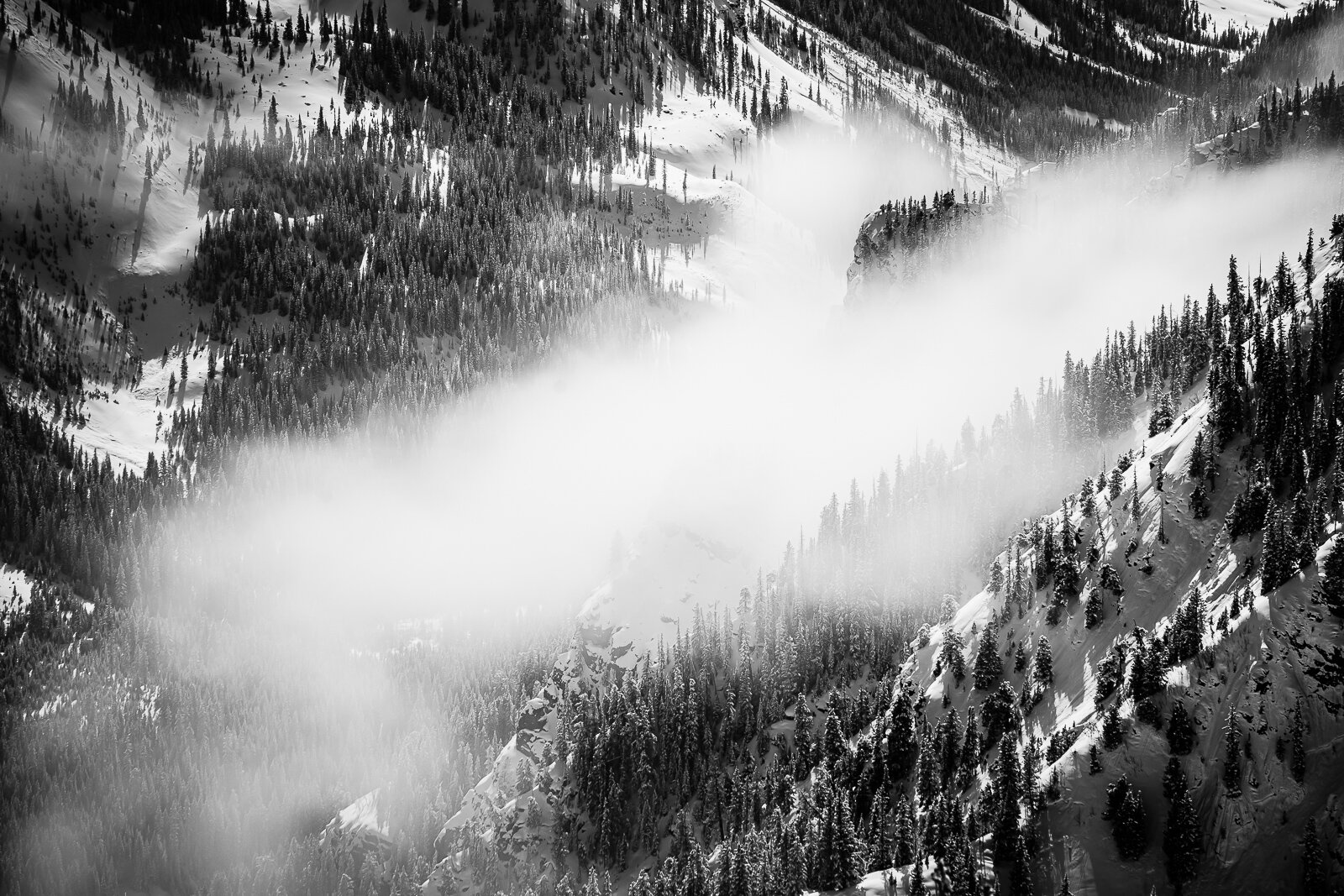water in the west
The three largest wildfires in Colorado history burned in 2020.
Colorado doesn’t get much precipitation in the summer, so the region highly depends on the snowpack to feed the rivers, keep soils moist and protect against wildfires. Despite the occasional severe winters, Colorado’s snowpack has declined in recent decades due to climate change. With less snowmelt, fighting the forest fires will be more difficult.
In May of 2021, 75% of the Western United States has been reported to be in the state of drought.
Nearly 700,000 acres burned in Colorado in 2020. The Grizzly Creek set the Glenwood canyon aflame, where the Roaring Fork river meets the Colorado river. The outlook for the upcoming summer in the Roaring Fork River basin is grim. As the world warms, the fires will burn more often and more intensely. During the second half of this century, fires are expected to burn as much as three times larger than in the first half.
Shorter winters and less snowmelt impact year-round lives in the Rockies. If we continue on this trajectory, the ski seasons will become shorter, mountain bike trails will turn into dust and wildlife will disappear from the landscape. Winters in the Roaring Fork Valley are already a month shorter than they were fifty years ago.
In order to communicate the importance of snow in Colorado, I focus on all phases of water - snow, ice, rivers, rain clouds - telling the story of the most basic element which is of critical importance to life. Climate change is something that happens over time, and is hard to make sense of in a single photograph. By documenting the subject through long exposures, I relate to the passing time that is the essence of understanding climate, challenging our perception of reality. The biggest distinction people fail to understand is that weather is experienced instantly, and climate is observed over periods of thirty years or more. Thus, I create a relationship between those concepts by shooting exposures ranging from 8000th of a second to minutes at a time. A frozen moment of weather, a movement of climate.
Many people think of climate change as a distant issue, and this information is meant to show that the issue is here, in the present, and unless we acknowledge it and act on it, we are at stake to lose many things that draw us to the Rocky Mountains.
In the West, snow is water.
Want to make a difference? get familiar with these organizations:
https://protectourwinters.org/
Protect Our Winters (POW) helps passionate outdoor people protect the places and lifestyles they love from climate change. POW is a community of athletes, scientists, creatives, and business leaders advancing non-partisan policies that protect our world today and for future generations.
Aspen Center for Environmental Studies (ACES) is a nonprofit environmental science education organization. ACES has worked since 1968 to inspire a life-long commitment to the earth by providing immersive programming for all ages.
As one of the largest watershed organizations in Colorado, Roaring Fork Conservancy serves residents and visitors throughout the Roaring Fork Valley through school and community-based Watershed Education programs and Watershed Science and Policy projects.
Read more about Colorado’s snowpack and its impact on water resources:
https://www.aspentimes.com/news/hot-dry-conditions-produce-another-active-wildfire-outlook-for-colorado/
https://coloradosun.com/2021/04/06/snowpack-west-melting-earlier-than-20th-century/
https://www.colorado.edu/ecenter/energyclimate-justice/general-energy-climate-info/climate-change/impacts-colorado
https://www.aspennature.org/blog/flames-our-forests-colorado%E2%80%99s-unprecedented-wildfire-season
https://www.nbcnews.com/news/us-news/3-largest-wildfires-colorado-history-have-occurred-2020-n1244525
https://www.nationalgeographic.com/science/2020/03/burger-water-shortages-colorado-river-western-us/
https://ui.adsabs.harvard.edu/abs/2005BAMS...86...39M/abstract
https://climate.colostate.edu/climate_long.html
https://www.cnbc.com/2019/03/20/climate-change-is-taking-a-toll-on-the-20-billion-ski-industry.html
https://www.aspennature.org/blog/secrets-and-science-snow-surviving-or-thriving-through-winter-season
https://www.nationalgeographic.com/environment/2019/08/snow-droughts-coming-to-winters-western-us-california-water/
https://www.nationalgeographic.com/west-snow-fail/
https://coloradosun.com/2020/10/20/colorado-largest-wildfire-history/?utm_campaign=buffer&utm_content=buffer9ba6a&utm_medium=social&utm_source=twitter.com
https://www.watercalculator.org/footprint/importance-mountain-snowpack-water/
Water in The West was featured in May 2021 Issue of Modern Luxury Aspen Magazine, The Art Edition.
Interview for Aspen Magazine:
What prompted you to take on this beautiful project?
I wanted to do more with my photography than simply take photos of pretty landscapes. I want to seduce the audience with the beauty of our environment, but also remind them of the urgency of protecting this place we all love so much. There’s this general perception that the impact of climate change isn’t an immediate concern. I wanted to bring this topic closer to home and specifically focus on the importance of the snowpack in order to fight wildfires.
Why did you choose water as your subject to convey your message about climate?
Water, in all of its phases, is the most basic physical source of life, and it’s obviously critical to the world’s ecosystems. In Colorado, we don’t get much precipitation in the summer, so we depend on the snowpack to feed the rivers, keep soils moist and protect against wildfires. As much as 75% of water in the West comes from snowmelt. Snow stores water high in the mountains until it’s needed later in the year. As the world warms, less snow impacts our year-round lives in Colorado. Our culture thinks of water as a commodity, but that might not be the case if the climate change continues unabated—it won’t be around.
How long have you lived in Aspen, and what environmental changes have you seen?
I moved to Aspen in 2012. I haven’t lived here long enough to see the climate change, but the winters were already well on their way to being shorter than they were 50 years ago. Since I’ve lived here, we’ve had many Decembers without much natural snow. The Lake Christine and Grizzly Creek fires burned in our vicinity. Most summers, we’ve had fire restrictions and, at times, even water restrictions. Climate change will only make matters worse.
Why did you choose black-and-white photography to showcase your work?
Black-and-white photographs are timeless, which I found fitting when conveying the issue of climate change. The lack of color eliminates distraction and makes us look at nature in a different way. We have some of the most photographed and iconic locations in the country in our backyard. I wanted to step away from cliched photographs and create work that’s a personal expression. I used long exposures to represent the passage of time and lack of implemented solutions to the climate-change crisis.
When looking over what you'd shot for the project, what most surprised you?
I was more surprised by the information I came across while researching the project, rather than the visual part of it. It’s astonishing that people don’t think we’re directly contributing to climate change. At the same time, 84% of wildfires in recent years were started by humans, and three of the largest wildfires in Colorado history burned in 2020. During the second half of this century, fires are expected to burn as much as three times larger than in the first half. With less snowmelt, fighting forest fires will be more difficult.
What do you hope our readers will take away from these images?
Climate change is still an abstract concept to many people. By telling a local story, I hope to bring the issue closer to those who enjoy winters in our mountains—snow isn’t merely wonderful for winter recreational purposes, but also is a crucial water supply for our lives, year-round, in Colorado. As the ski seasons become shorter, low water levels will make rafting almost nonexistent. Mountain-biking trails will turn into dust, forests will turn gray, and wildlife will disappear from the landscape. Climate change threatens many of the things that draw us to the Rocky Mountains.
Other important elements of this series?
This project is a continuation of the work I did in collaboration with Aspen Center for Environmental Studies (aspennature.org). In a project called Disturbance, I addressed the topic of wildfires by merging scenes of beauty and destruction as if they were a part of one continuous landscape, showing how everything in nature is connected. Presented as triptychs, these imaginary landscapes depict our unsustainable relationship with the natural world. The Center’s team has been a great help to me when researching my project, and I encourage everyone to get more familiar with what its team is doing for our community.
Where can readers see these images up close?
This is an ongoing project, and I don’t have any exhibits planned as of yet. If interested, viewers can check out my website (tamarasusa.com) or Instagram (@tamarasusaphoto) for updates




























































